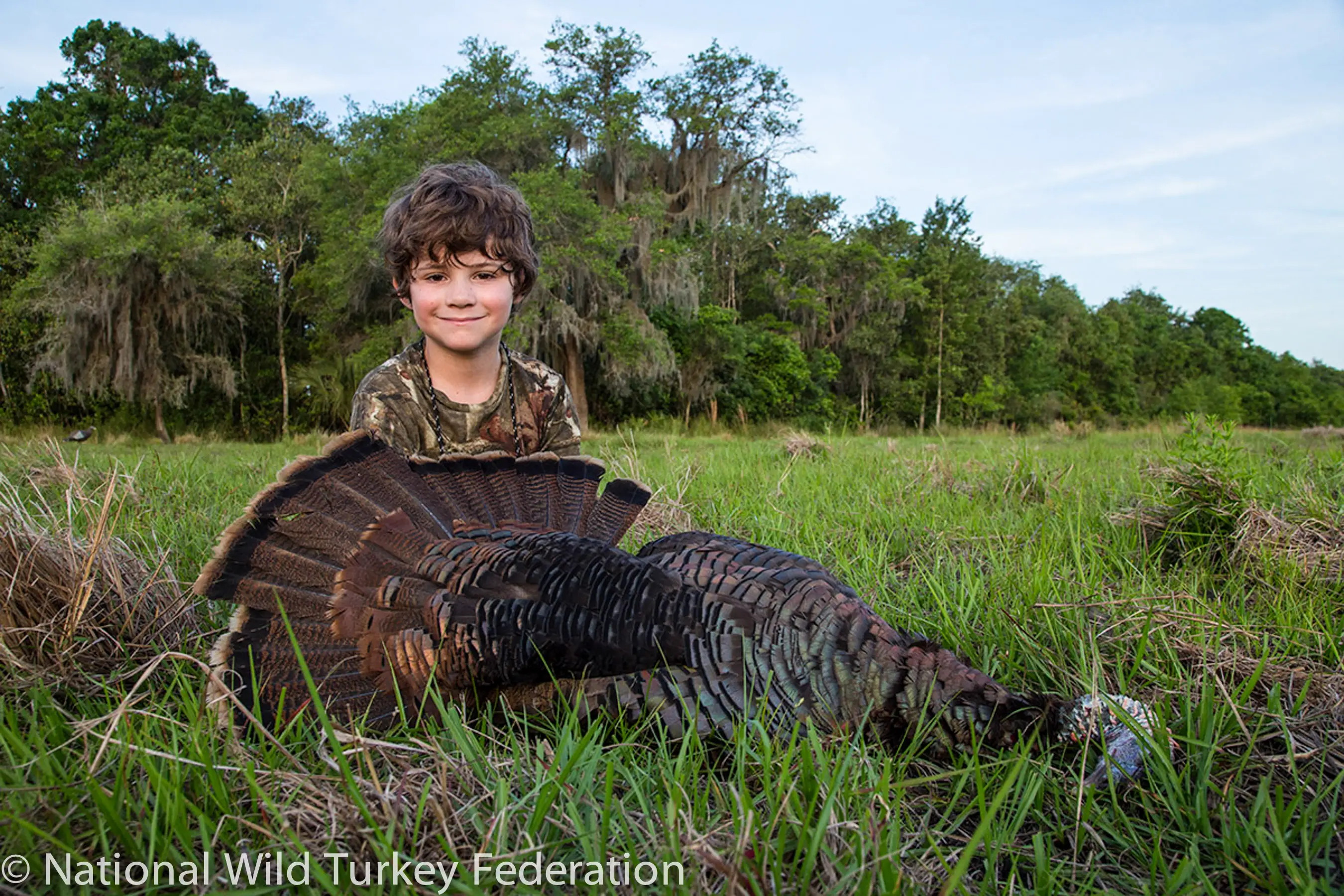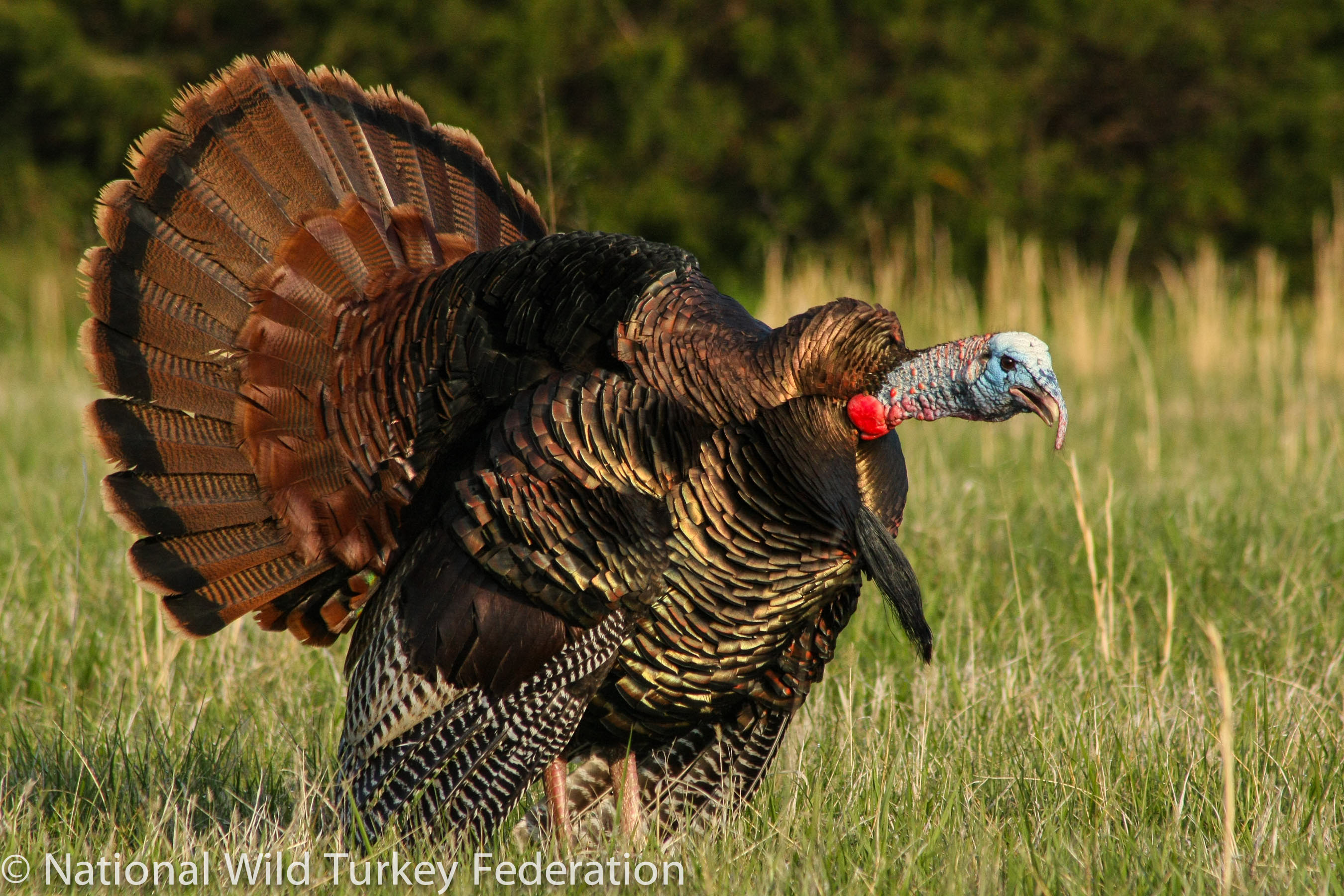Search
Latest Articles
Wild Turkey for Dinner
by John Kruse, September 25, 2020
In Washington State we have three subspecies of turkey. They are the eastern wild turkey found in Western Washington, the Rio Grande subspecies found in Southeastern Washington and the Merriam’s turkey which calls the central and northeastern parts of our state home.
The fall turkey season opened on September 1st in the far eastern counties of Washington and runs through the end of the year. Hunters can harvest two beardless and two either sex turkeys for the season (for a total of four birds). A separate fall season will occur in Klickitat County (Game Management Units 382 and 388) as well as GMU’s 568 through 578 (bordering the Columbia River Gorge) from September 26th through October 16th with a one turkey, either sex limit for the season. A small game license and turkey transport tags are required for fall turkey hunting.
Turkey hunting is gaining in popularity. The National Wild Turkey Federation (NWTF) reports both an increased harvest and a higher number of hunters afield targeting turkey this spring in Washington State. The Washington Dept. of Fish and Wildlife (WDFW) reports fall turkey harvest was up across Northeast Washington last year over recent years, likely due to increased turkey numbers in this region as well as more liberal bag limits. Turkey harvest also increased in Klickitat and Skamania Counties. WDFW reports 150 turkeys were taken last fall compared to 94 in 2018.
Asked for advice about hunting fall turkeys, longtime NWTF volunteer Richard Mann suggests calling not the toms, but the hens, especially the dominant boss hen in a flock. If you spot a flock observe which way they are going and try to position yourself in front of them for a shot. Another option is to bust up the flock and then take a covered position where they were at. Then call to them to bring them back.
Annemarie Prince and Ben Turnock, WDFW biologists working in Northeast Washington, says when it comes to finding fall turkeys remember, “During fall and winter, wild turkey priorities are food and roosting areas. Forest edges that offer seeds, nuts, and fruits, as well as some green vegetation, are used the most.”
“At this time of year, turkeys are at their highest population and widest distribution within northeastern Washington. As autumn wears on and snowfall comes, the turkeys gradually constrict their range to lower elevations. Where agriculture predominates, a mosaic of short grass fields or cropland and forest is generally the best place to find turkeys.”
In the Columbia River Gorge counties your best bets are to hunt below 1500 feet. According to WDFW biologists, The Klickitat and White Salmon river drainages are good places to look for flocks. The Klickitat Wildlife Area is a good public land bet and the Simcoe Mountains north and west of Goldendale also offer opportunities. Most of this area is owned by private timber companies so you’ll have to secure permission or a permit to hunt here and on other private lands.
As for cooking that wild turkey you harvest this fall? Hank Shaw, author of the wild game cookbook, “Pheasant, Quail, Cottontail” has some good advice:
That old tom will have tough meat, consider shooting a hen or jake instead.
If you shoot a hen or a jake you can cook it just like a domestic turkey, to include roasting it like you would for the holidays.
If you roast the turkey, roast it upside down so the juices flow into the breast meat.
As for how long? Ten minutes per pound is a good rule to follow.
John Kruse – www.northwesternoutdoors.com and www.americaoutdoorsradio.com
PHOTO CREDITS:
An Eastern Wild Turkey – Photo courtesy National Wild Turkey Federation.
A young hunter with a wild turkey – Photo courtesy NWTF

